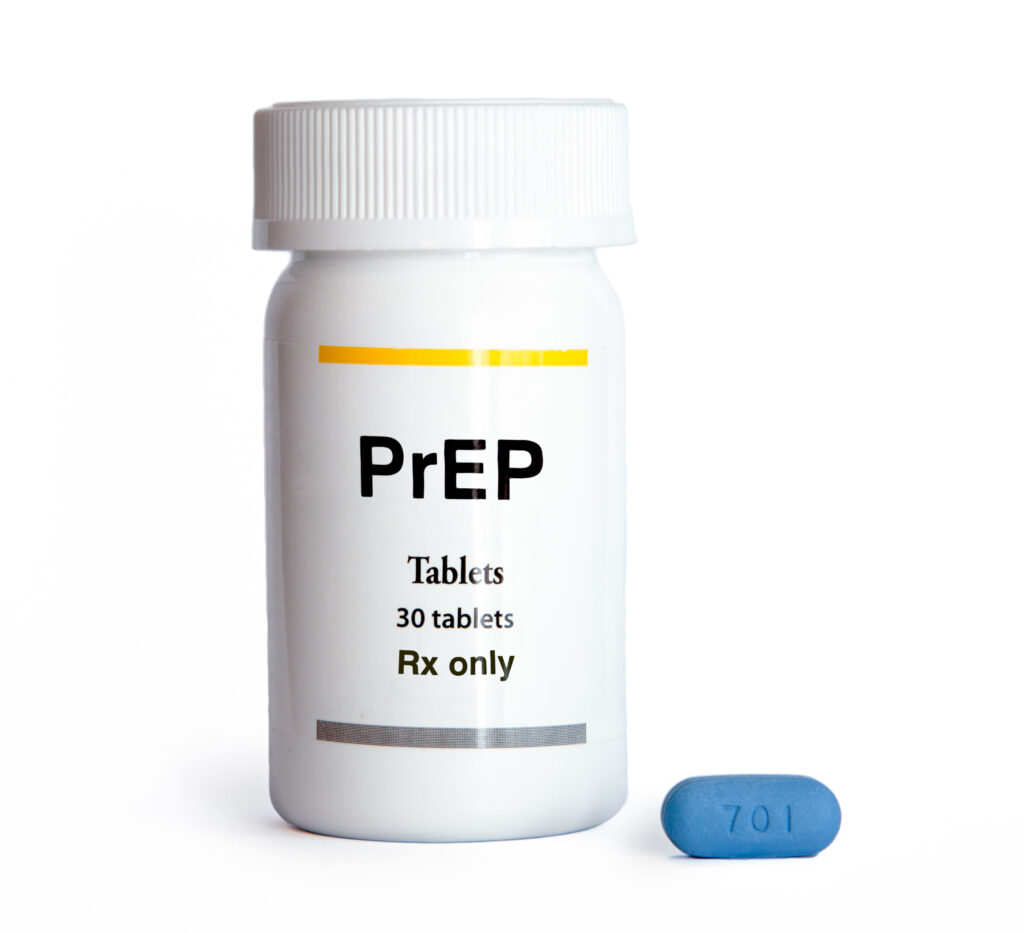In the ongoing fight against HIV and AIDS, the use of PrEP antiretroviral medications and a test-and-treat approach are both cost-effective ways to lower infection rates among high-risk men, according to new research from faculty members in the USC Leonard D. Schaeffer Center for Health Policy & Economics.
PrEP, or pre-exposure prophylaxis, refers to the use of daily HIV medicines – tenofovir and emtricitabine, sold under the name Truvada – to lower the chance of becoming infected with HIV. According to the Centers for Disease Control and Prevention, PrEP is highly effective at preventing HIV infection if used consistently. The research compared PrEP with a “test-and-treat” approach, which entails frequent HIV testing and immediate antiretroviral therapy for those who test positive. Both methods yield substantial reductions in HIV incidence as long as patients consistently adhere to medication guidelines.
“We find that providing PrEP to high-risk MSM is costly but still good value for money. The societal benefits from the significant reduction in burden of HIV associated with PrEP outweigh its costs ” says Neeraj Sood, PhD, director of research at the Schaeffer Center, who authored the report along with Joel W. Hay, PhD, professor of Pharmaceutical Economics and Policy and professor of Health Policy and Economics at the Schaeffer Center; Emmanuel F. Drabo, PhD, a former USC graduate student; and colleagues at RAND and UC Berkeley.
The article, “A Cost-Effectiveness Analysis of Pre-Exposure Prophylaxis for the Prevention of HIV Among Los Angeles County Men Who Have Sex with Men,” was published in August in the journal Clinical Infectious Diseases.
The authors used a mathematical epidemiological model to simulate HIV incidence among Los Angeles County men, aged 15–65, who have sex with men. The model, which compared the cost-effectiveness of various strategies to the status quo, accounted for secondary infections, changes in drug resistance that might occur from misuse or nonadherence, and incomplete adherence. The results show that, relative to the status quo, PrEP and test-and-treat are both highly cost-effective.
About 60,000 people live with HIV in L.A. County, and currently more than 1,800 become infected each year. Among men who have sex with men, HIV prevalence in LA County is especially high, at 24.6 percent as of 2013. In June 2015, the Los Angeles County Board of Supervisors tasked the Los Angeles County Department of Public Health with devising a comprehensive plan to deliver PrEP to high-risk populations across the county. Earlier this year, the department unveiled a public awareness campaign. Yet, because of the high cost of antiretroviral drugs, the policy hasn’t been widely implemented. The evidence provided by this new research may facilitate further implementation.
Sood and his colleagues note that the research is in response to substantial remaining gaps in understanding the pros and cons of available HIV prevention strategies.
“Although our results identify a number of promising and cost-effective HIV prevention strategies, elimination of HIV remains an elusive goal. Eliminating HIV without an effective vaccine might not be possible ” Sood says.
